Description
Overview
Koi carp has symmetric, tub-like body with dynamic, broad shoulders and moderate triangular head. Mouth is small and oblique with two pairs of whisker-like feelers or barbells at the corner of their mouth. Koi or Japanese carp are domesticated ornamental varieties of common carp and show a much broader range of colors and patterns with various combinations of white, black, red, yellow, gold, cream, pretty white and orange markings. They have small eyes, thick lips and large, thick scales on the body. Caudal fin is deeply emarginated and pectoral fin is large and rounded. There are several color varieties of koi with different names for each variety. Some of these varieties include Kohaku, Tashio Sanke, Tancho and ogon. Among them Kohaku is the most popular variety of koi with a white body and red pattern on the back. It is also known as the King of Koi. The Tashio Sanke is tri-colored koi with a white body, red pattern and black accents on the back. Ogon is entirely solid gold colored koi while Tancho has a red spot on the top of its head with no red on its body. Koi carp is omnivorous and in wild, it consumes a range of small food items such as mollusks, crustaceans, insect larvae and seeds. They can also consume plant material and general organic matter, especially when other food sources are not available. It can grow up to 90 cm in length and can live up to 60 years for proper care.
Feeding
Koi carp is omnivorous and in wild, it consumes a range of small food items such as mollusks, crustaceans, insect larvae and seeds. They can also consume plant material and general organic matter, especially when other food sources are not available. In captivity it accepts a wide range of food including floating pellets and sticks, as well as live food such as river shrimp and bloodworm. Give them a varied diet of different types of food to maintain body coloration every day. Earthworms can be fed to the fish all year round to gain the affection of your Koi. Feed should be offered 2-3 times daily.
Housing
The koi carp is a hardy fish which requires small containers to large indoor or outdoor ponds. Some people think that the traditional indoor aquarium is less desirable than a round plastic tub for keeping koi. Koi fish excretes a lot of waste material. The pond/tank needs a filter system to remove the fish waste and ammonia from the water. To keep your fish healthy every four to six months, 10 to 15 percent of the koi tank/pond’s water should be removed and replaced with fresh water. Oxygen levels should be at a minimum of 5.0 mg/L for koi. It prefers water chemistry with pH of 7.2-7.8, hardness of 3-4 dKH and temperature of 65°F-75°F (20°C-25°C). Koi carp is schooling type fish that prefers to live with other koi in your pond or tank. It is a peaceful fish and can be mixed with other peaceful fish like goldfish or comets. Avoid mixing them with smaller fish that can fit into their mouth. Other good tank mates include most bottom feeders. It should not be kept with semi-aggressive or aggressive fish.
Breeding
Koi carp is an egg-layer and in wild it can typically spawn in the spring. It can spawn multiple times in a season. The mature female Koi expels their eggs on vegetation or special breeding mats. The breeding tank should have good water chemistry with pH of 7.2-7.8, hardness of 3-4 dKH and temperature of 65°F-75°F (20°C-25°C). In commercial operations, spawning is often stimulated using pituitary hormone injection. It reaches sexually mature at the age between 3-4 years. Before spawning the parent should be conditioned with good protein food which helps get them ready for spawning. A typical adult female can lay large numbers sticky eggs in a single spawn. The fertilized eggs hatch in 5-6 days. For the first 24 hours, egg sac supplies sufficient food for the larvae. Following that period, for the first three months, a feeding is required five times daily. In this case green algae provide supplements of natural food. The free swimming fry should be fed with newly hatched brine shrimp (Artemia) larvae.
Sexing
In juvenile stages it is impossible to make differences between male and female koi. The belly of a mature female koi is generally plump, whereas the body of male is streamlined and more torpedo shaped.
Availability
Koi fish is domesticated version of common carp and it is most famous by its beautiful colors that have been created via selective breeding. There are several varieties of koi fish that differ in color, patterns and type of scales. Its popularity is increasing day by day due to their gorgeous color patterns and easy to care for. It is readily available in fish stores and online vendor with moderate price.
Written specially and exclusively for koi on demand by Dr. A.K.M. Nazrul Kabir

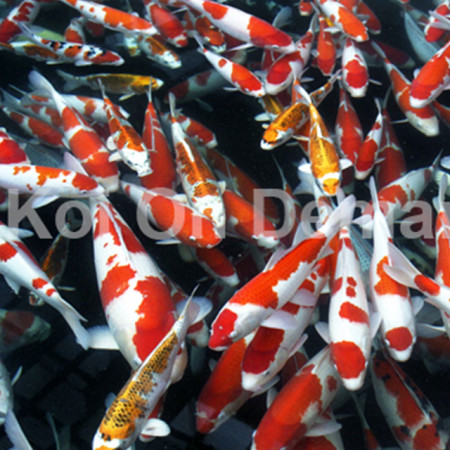
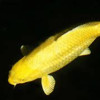
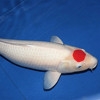
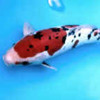
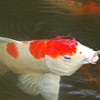
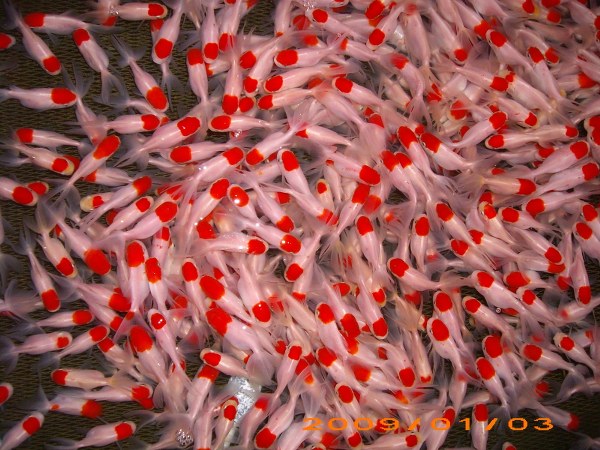
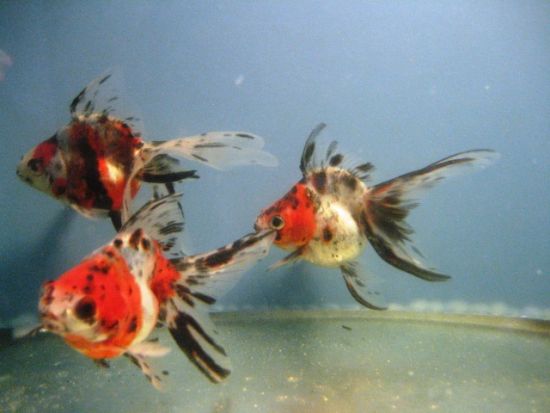
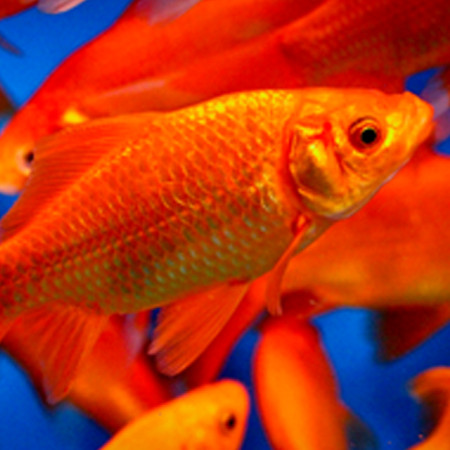
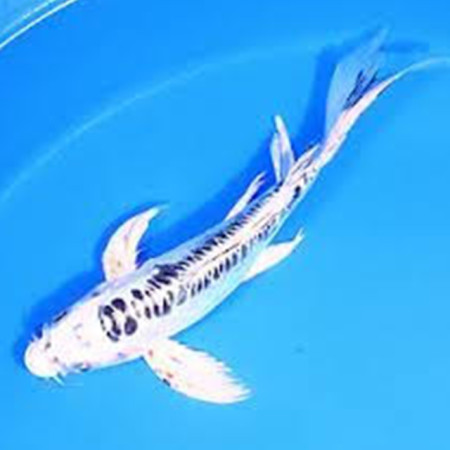

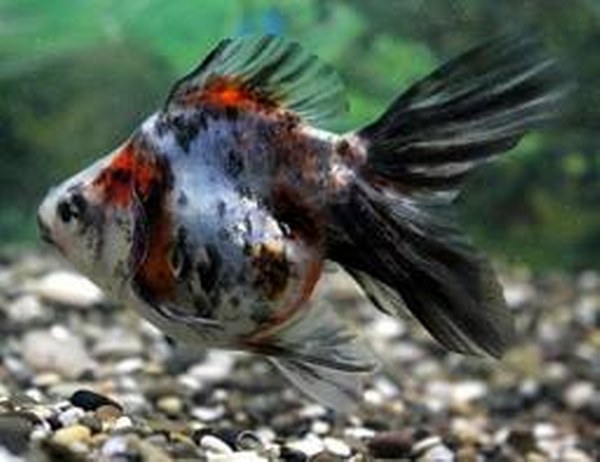

Reviews
There are no reviews yet.